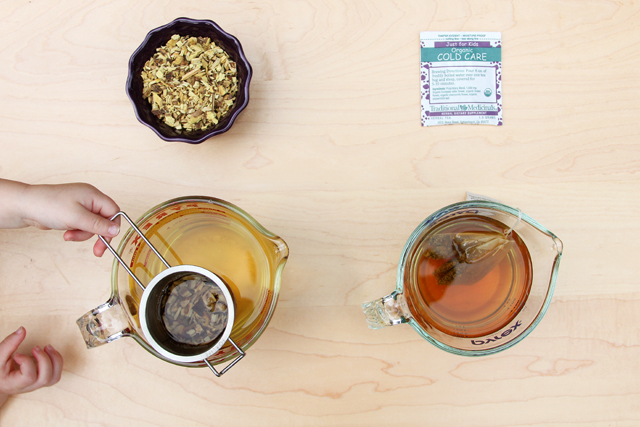5 Back-to-School Immune Boosting Supplements for the Whole Family in Snohomish

Selah started kindergarten last week! By the time her first week of school was over, she had already been given red licorice and M&Ms. I had to pop my eyeballs back into my skull so that I could see the computer screen in order to type OCD-ND-Mom words to her kindergarten teacher. Her teacher replied quickly, letting me know that Selah had only ate one bite of licorice and 3 M&Ms. I guess that won’t break the bank…
Candy + kids + back-to-school is not a good combo, especially for the immune system.
In my email discussion with Selah’s kindergarten teacher, I decided that it was OK for Selah to get 3 M&Ms a week, but to hold off on the licorice. We really value developing emotional health when it comes to food, and given that my girls have a lot of food restrictions, sometimes I want them to be a part of the herd.
The downside of being part of a herd, is the GERMS. I’m a little bit of a germaphobe in real life, but you’d never think it, since I love pediatrics and I see sick kids all the time. I’m less of a germaphobe in my office, where I can wash my hands regularly and wipe things down with Cavi wipes. If only I could be a little Clorox elf that magically wiped down every door handle before Selah touched it at school…
To boost my kids herd immunity during the school year, I give them these supplements on a daily basis. We’re not perfect with it — as you don’t have to be perfect with taking supplements to get most of their benefit. Selah doesn’t like chewable vitamin C, so we reserve that for when she’s sick, and the mom around here needs to re-stock the family’s medicine chest with more elderberry syrup. Re’uth, on the other hand, will probably grow up to love sour patch kids because she can’t get enough of the chewable vitamin C.
Families that take these supplements year round get sick less often. When they do get sick, they get over it faster without any complications. Staying on these supplements for the school year can decrease not only how often you get sick, but how severe the cold hits you and how long it sticks around. Maybe your family will get runny noses and everyone else will be hacking up mucous goblins. A runny nose doesn’t really need a trip to the doctor, but hacking up mucous goblins certainly warrants a visit.
Colds get under my skin because they are inconvenient. Way more inconvenient then taking a few supplements everyday.
1. Vitamin C
There are some people that can die from taking vitamin C (they should know who they are), so just an overly paranoid FYI. If the child or adult can swallow capsules, I prefer capsules. Chewable vitamin C ruins tooth enamel, so I usually recommend that parents give their little ones chewable vitamin C right before they brush their teeth. I like vitamin C when it is combined with bioflavonoids in the same supplement. It works better that way. I’m not a fan of Emergen-C, as I’ve heard several NDs say they’ve “never seen it work”.
2. Probiotics
I recommend 25 billion probiotics daily for both kids and adults. Infants do not need 25 billion a day, but they can take a daily powdered probiotic. Eating yogurt isn’t enough probiotics to hit 25 billion daily, unless you’re eating a special amped up yogurt I don’t know about (please tell me if you do!). You’d have to eat enough yogurt to fill Crater Lake to get 25 billion probiotics from eating yogurt alone.
3. Fish Oil
Fish oil does something amazing with modulating the immune response on a cellular level. Taking it on a daily basis will result in less total body inflammation. Cold symptoms = inflammation. Those whose bodies are already inflamed tend to be the most miserable cold survivors because their pre-existing inflammation amplifies the body’s response. Yes, your 3 year old, even your 2 year old, can take fish oil. I only recommend companies that spend good money purifying heavy metals out of the oil, which in turn results in you spending good money for a higher priced fish oil. Good brands are Nordic Naturals, Carlson, and Barlean’s just to name a few.
Please note that I often feel conflicted recommending fish oil to thousands of people because I do love having a healthy ocean. If the whole Earth decided to take the amount of fish oil everyone needed, the sea might become empty. Maybe you can say a prayer for the fish whenever you take your fish oil!
A study done in 2011 found that when pregnant mothers took fish oil during pregnancy, it decreased the occurrence of the common cold in their babies up until 1 month of age, and decreased the severity of symptoms up until 6 months of age.1
4. Elderberry Syrup
Everybody in the family should take elderberry syrup, not just the tots. Grandma Alma can take elderberry syrup because she lives with you and regularly plays with your 2 year old that goes to daycare. Elderberries are perfect for daily immune boosting support. Don’t confuse these berries with Echinacea, another herb used for the common cold. Echinacea should not be used on a daily basis.
5. Vitamin D
Not everyone should take vitamin D, so I do recommend that you get tested before taking it. I practice medicine in the Pacific Northwest, where nearly every person that walks through my door requires supplemental vitamin D to have normal blood levels. If you know your daily dose, you can add it up and take it once a week since vitamin D is a fat soluble vitamin.
In general, these are pretty safe recommendations for all ages, but I don’t know your body, so it is always best that you see a doctor prior to self-prescribing. Not everybody should take these supplements, as there are some health conditions that would require caution.
References:
1. Imhoff-Kunsch B, Stein AD, Martorell R, et al. Prenatal docosahexaenoic acid supplementation and infant morbidity: randomized controlled trial. Pediatrics. 2011. Sep;128(3):e505-12.







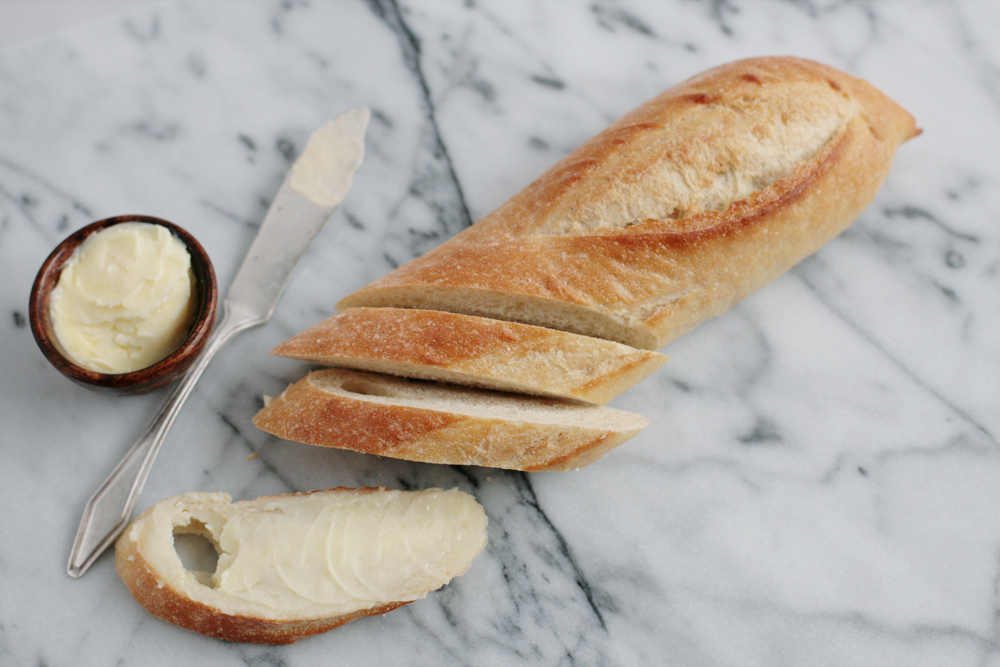
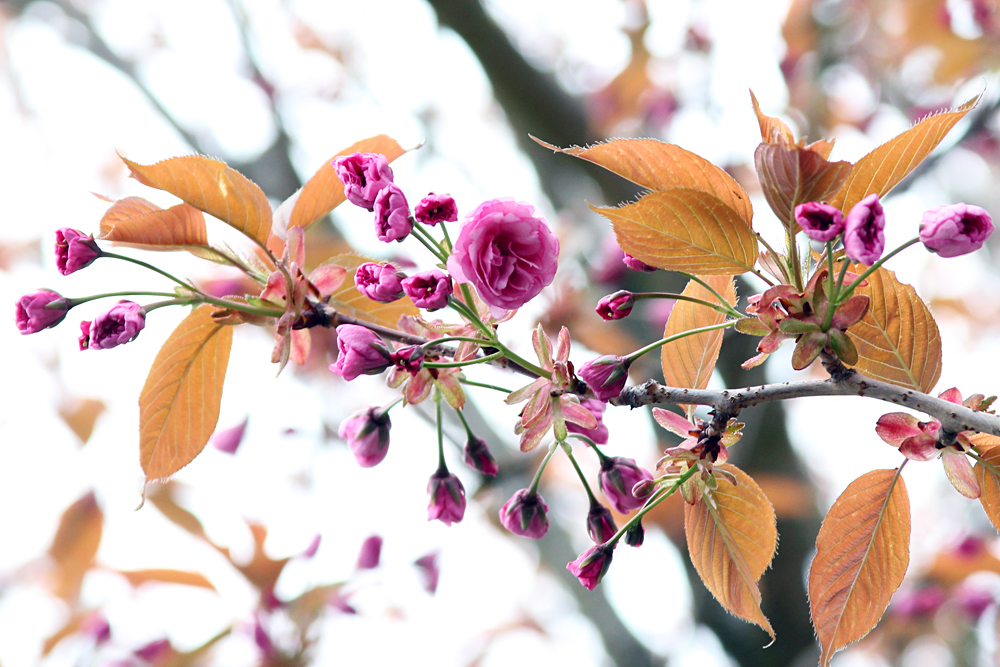
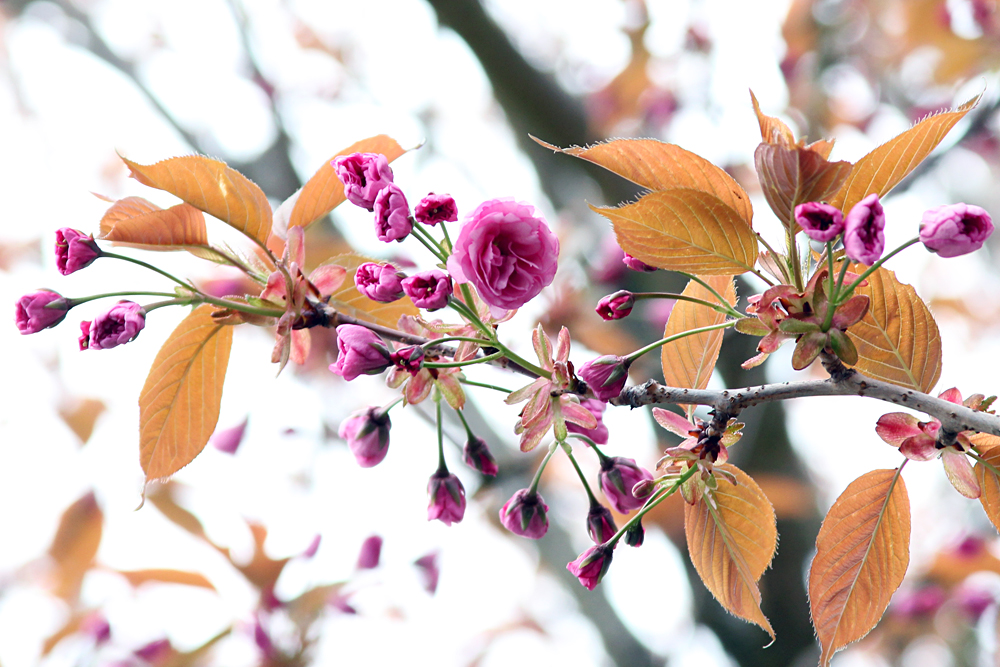


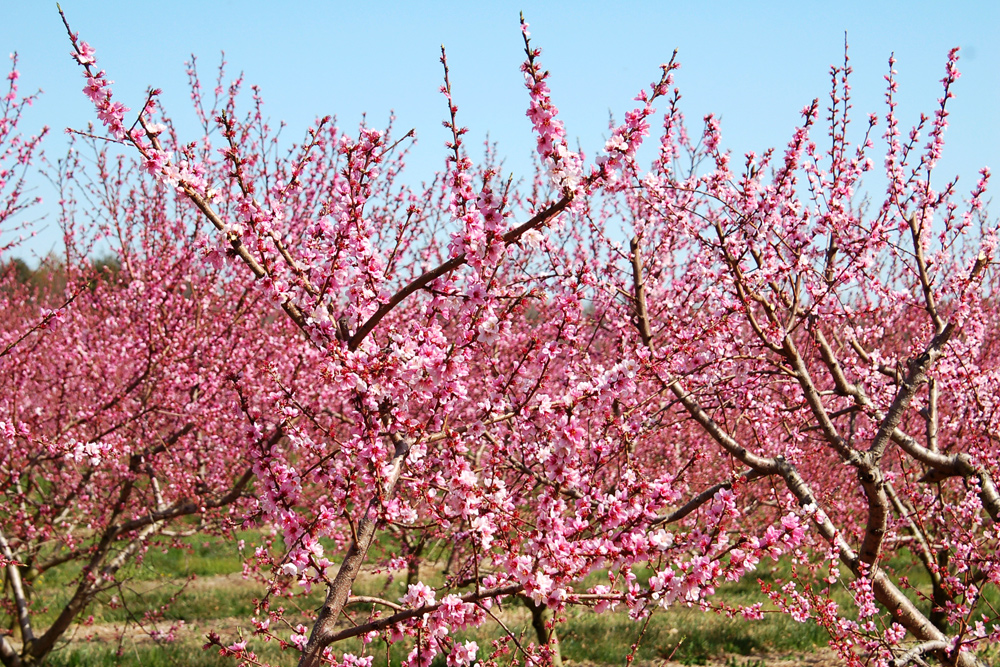
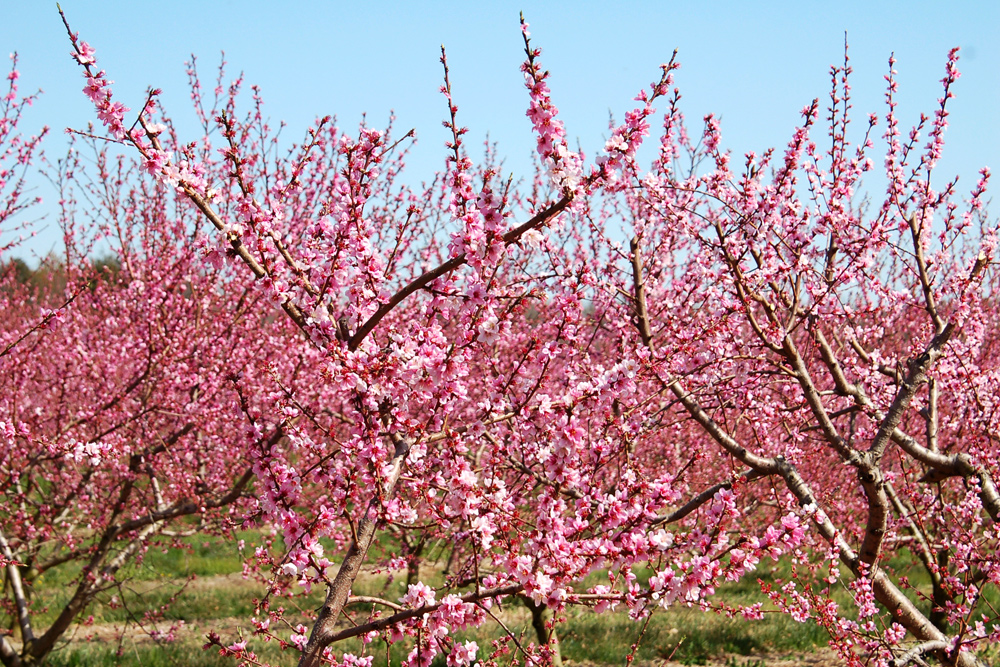




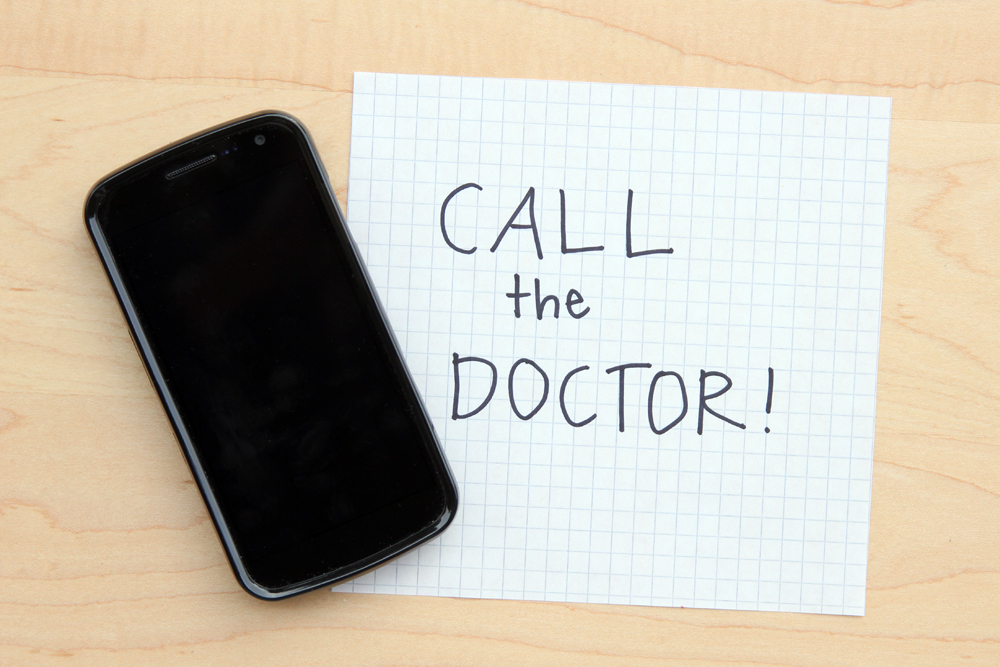
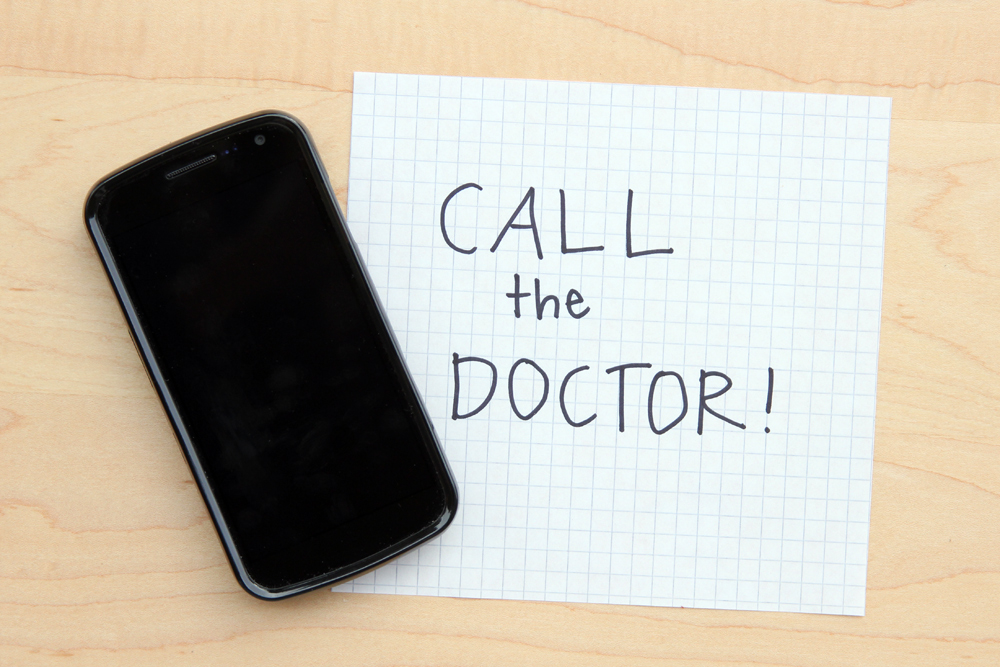

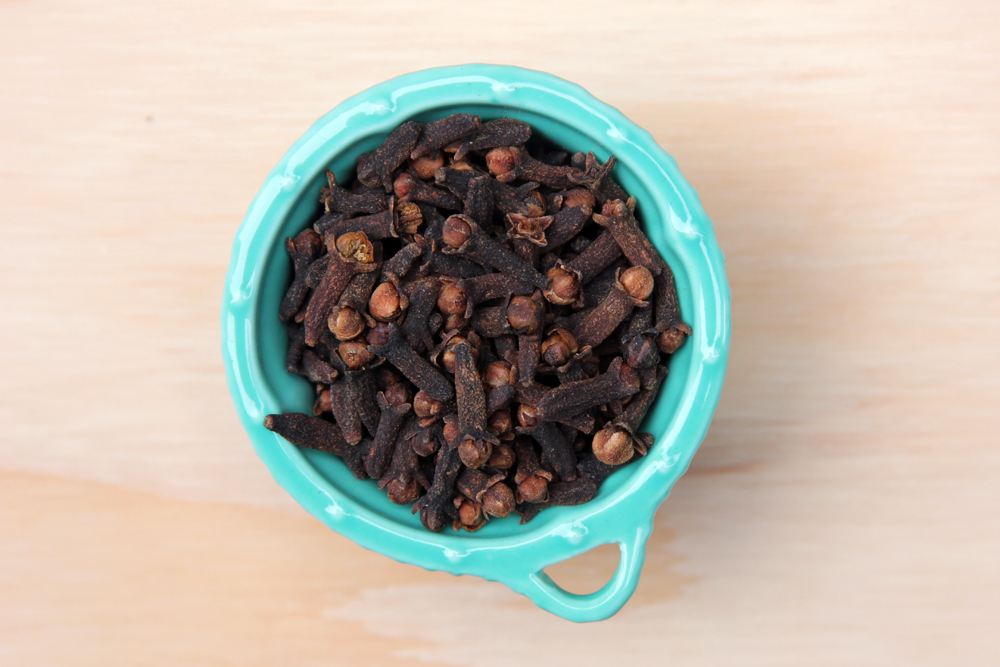
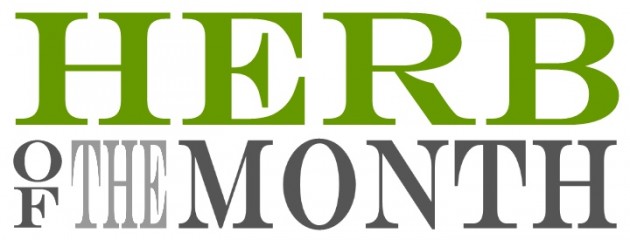
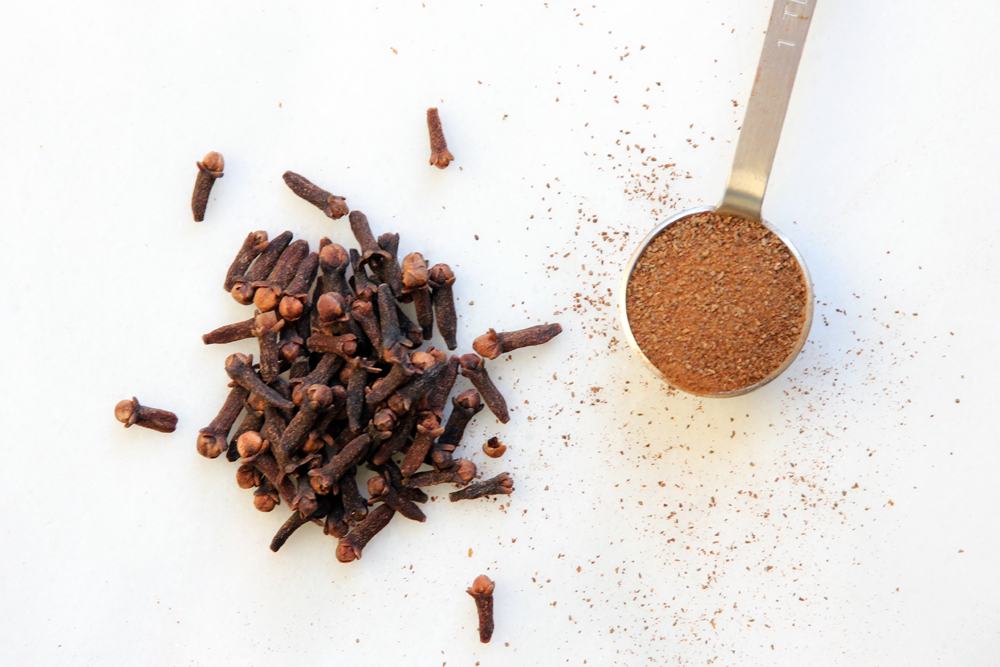
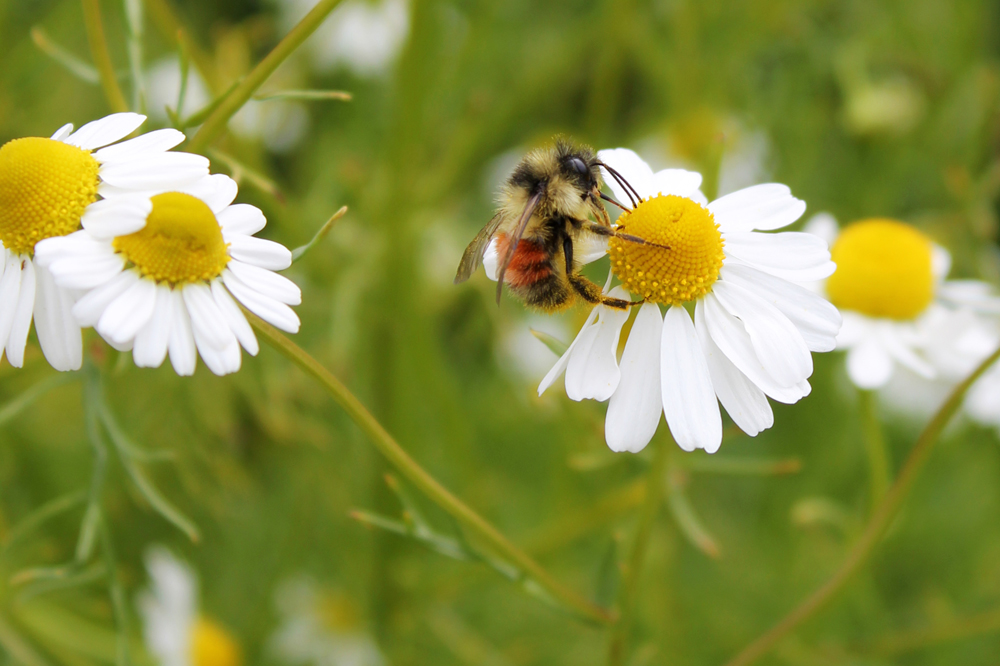
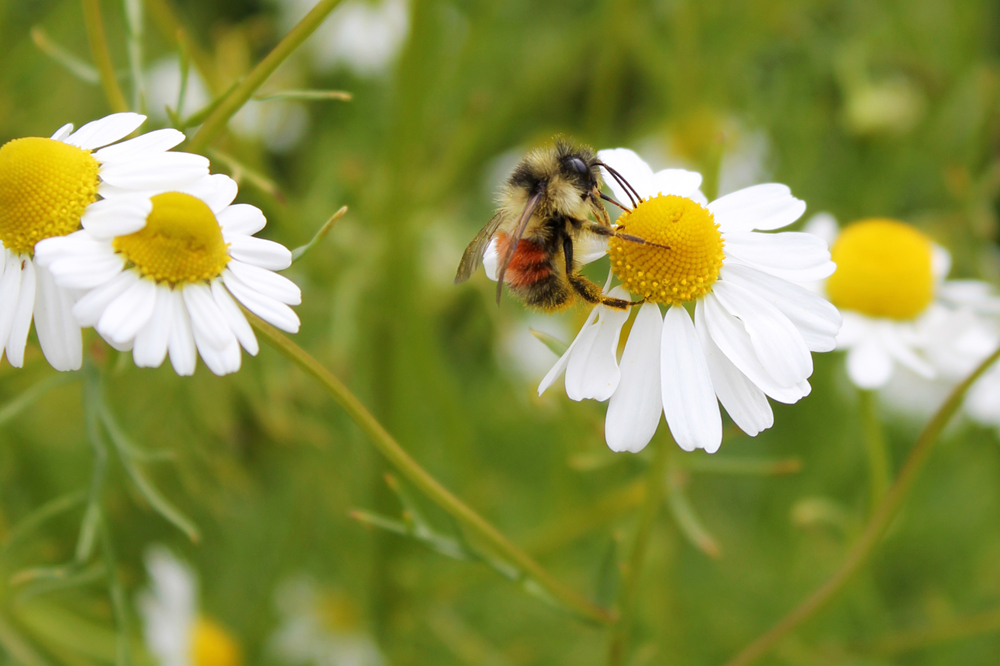
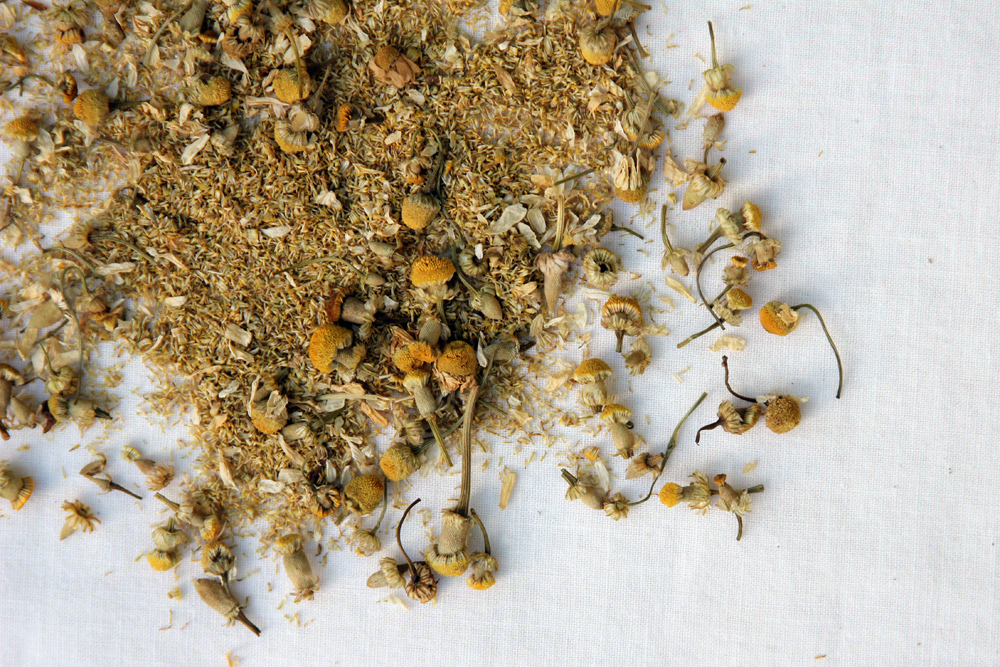
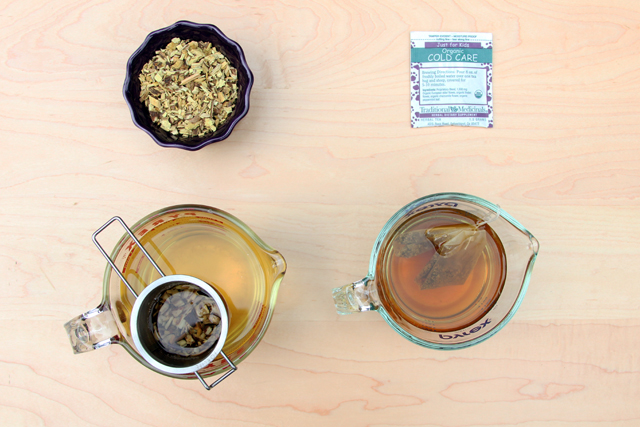
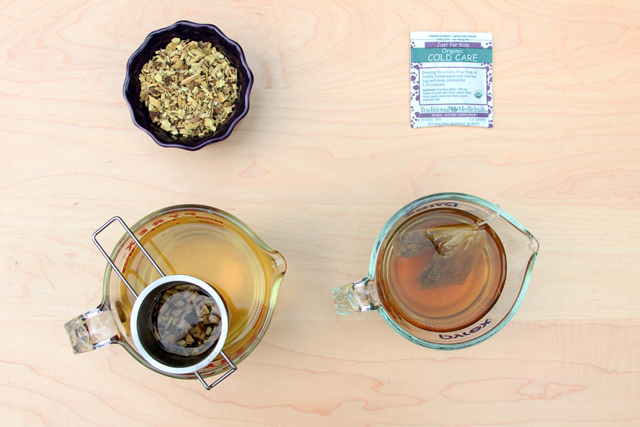
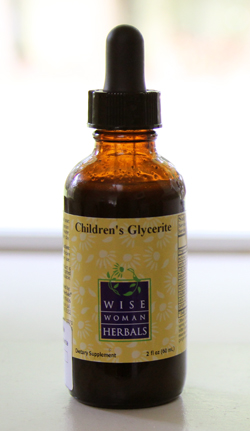 4. Children’s Glycerite by Wise Woman Herbals
4. Children’s Glycerite by Wise Woman Herbals